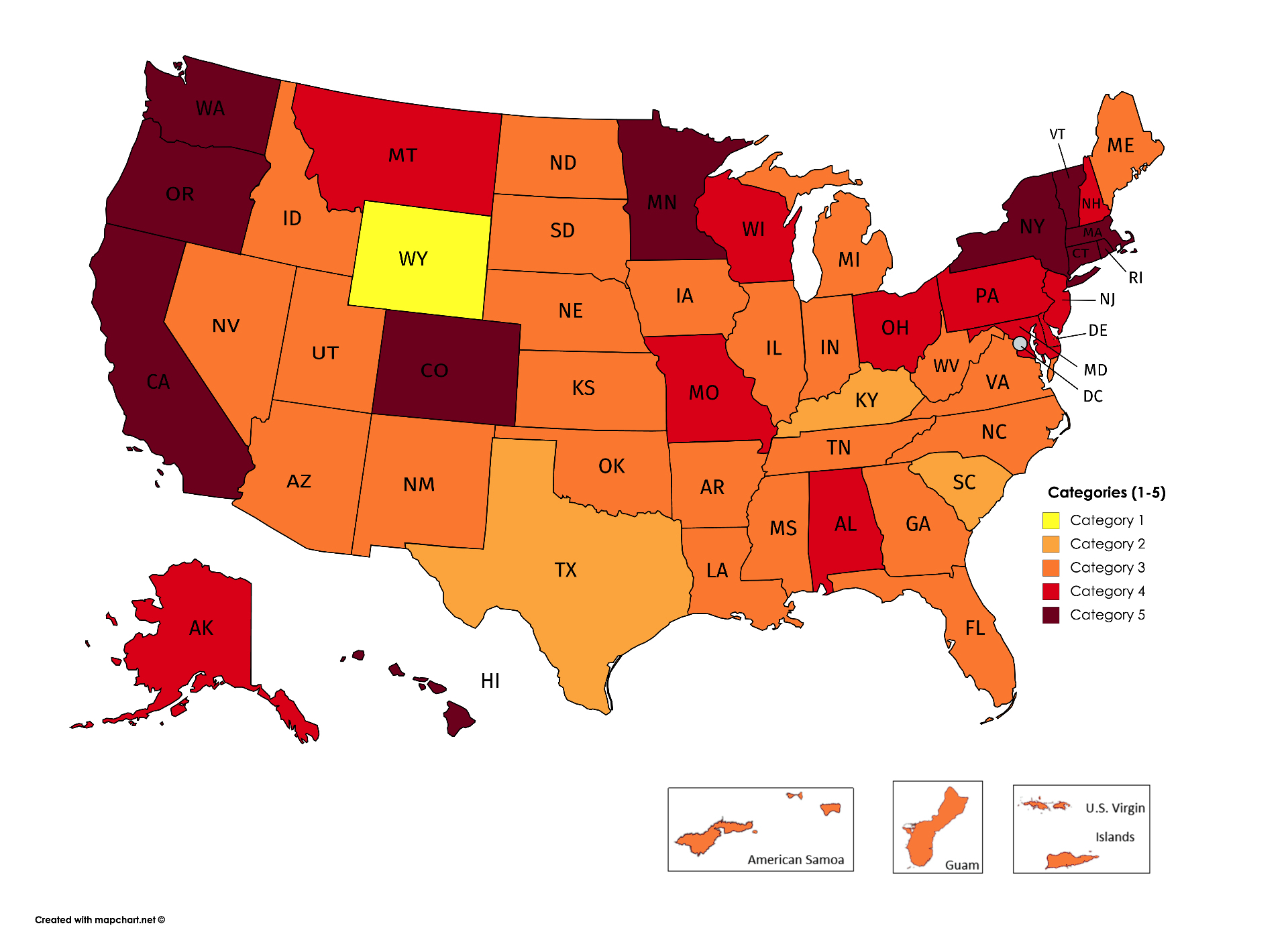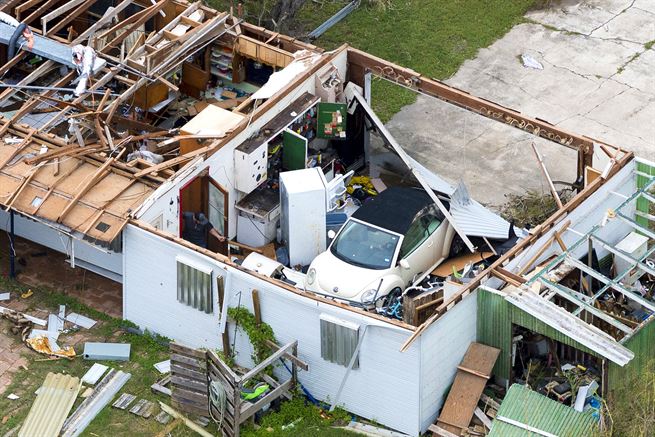By Shawna Ganley.
While the Clean Water Act prohibits discharge of pollutants into waterways, EPA regulations make exceptions for certain discharges in the event of extreme weather events, such as 10-year and 25-year storms. These exceptions run the gamut from toxic pollutants such as DDT, to waste from factory farm effluent holding ponds, runoff from mountaintop mining and overflows from coal-ash ponds at coal-fired power plants.[i] However, many of these EPA rules are tied to antiquated rainfall maps that date back to the 1960s.[ii] The National Oceanic and Atmospheric Administration (NOAA) has updated its rainfall tables for many states, but 23 states still only have rainfall figures from 1961.[iii]
Even the figures that have been updated, though, do not adequately reflect current rainfall rates or projected future increases in rainfall. First, the rainfall tables assume a “static” model of rainfall and appear to continue to use the oldest rainfall data equally weighted with the new, which can discount recent trends in rainfall patterns. Second, they similarly are not designed to project future expected increases in heavy rainfall, such as those anticipated with climate change. While a study in the New York region is underway to project future rainfall in extreme weather events, NOAA does not appear to have plans to do this for other regions or for the nation as a whole.
Over the last 50 years since the initial rainfall maps were made, however, rainfall during storms has been increasing. More than half of the increase in rainfall seen over the last century, for example, is attributable to extreme weather events.[iv] Studies have also shown that the Northeast has seen a 40% increase in certain types of storm events,[v] while the Southeast has seen an increase in rain during tropical cyclones over the past few decades.[vi] Moreover, 100-year storms have become at least twice as prevalent since the 1950s.[vii] In coastal areas, storm surges and flooding due to increased rainfall intensity during storms is an additional concern for the estimated 2.6 million homes in the U.S. that are within four feet of the high tide line.[viii]
As long as these trends are not adequately represented in the rainfall maps, environmental protections under the Clean Water Act are being literally watered down. As “10- and 25-year storm events” start occurring more and more frequently—rather than in fact every 10 or 25 years—the current rainfall maps allow for greater water pollution than initially intended under EPA rules.
The outdated rainfall tables further pose an even larger problem, in that government entities may be relying on inadequate or inaccurate data for weather-related planning. Federal agencies and states need up-to-date rainfall estimates, which not only reflect the current trends for increased rainfall during storms, but also estimate future rainfall that is projected due to shifts in weather patterns brought on by climate change. This is the minimum foundational prerequisite that government entities need for effective mitigation and adaption planning to address the impact of climate change on our communities.
[i] See 30 C.F.R. § 710.5 (mining); 40 C.F.R. §§ 129.2(r)(defining, for discharge of toxic pollutants, 10-year/24-hour rainfall event as specified in 1961 rainfall table “and subsequent amendments”), 411.31 (cement manufacturing), 418.11 (fertilizer manufacturing), 422.41 (phosphate manufacturing). See also, using different language, 40 C.F.R. §§436.21(c)(mining crushed stone subcategory), 436.31(construction sand and gravel), 436.41 (industrial sand), 436.181 (phosphate rock).
[ii] See 40 C.F.R. §§ 412.31(a)(1)(ii)(defining 24-year/24-hour rainfall event for existing CAFOs), 412.43 (stating that swine, poultry and veal calf CAFOs must meet the BPT standards contained in § 412.31), 423.11(i)(defining 10-year/24-hour rainfall event for EGUs), 423.12(b)(1)(tying TSS runoff limitations for EGUs to 10-year/24-hour rainfall events), 434.11(n)(defining 10-year/24-hour rainfall event for coal mining).
[iii] NOAA’s rainfall tables for each state can be found at: www.nws.noaa.gov/oh/hdsc/currentpf.htm.
[iv] Karl and Knight (1998).
[v] Nguyen and DeGaetano (2011).
[vi] Knight and Davis (2009).
[vii] Natural Resources Conservation Service.
[viii] Ceres (2013).



